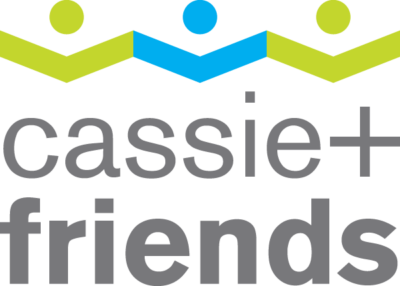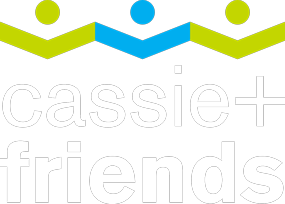C+F Research Partner Highlight: The Brown Lab at BC Children’s Hospital Research Institute in Vancouver, BC.
With your help, Cassie + Friends has now invested nearly $500,000 in the Brown Lab in support of their work to discover less invasive tests and more precise treatments for children affected by juvenile arthritis and other rheumatic diseases, including a better understanding of when children can come off medications.
Research supported by Cassie + Friends is directed by our community of youth and parents, and made possible by our donors. Together, we are making sure that a pain-free future for kids with rheumatic diseases is a top priority in hospitals, universities and labs across Canada and the world. To learn more about the Brown Lab and their research, please visit their website.
******
An Update from the Brown Lab
What’s in a name?
Diagnosis of some diseases is relatively straightforward if they are caused by a single change in one of our genes that can be tested in the laboratory. Unfortunately, this is not the case for the majority of rheumatic diseases, which are more complex in their cause(s) and course. In this case, diagnoses are made based on a constellation of similar features (symptoms) that doctors can observe and measure in standard blood tests.
Why do people with the same disease have different experiences and don’t always need the same treatment(s)?
Just like there are many roads that lead to the same city, and to different suburbs within a city, there can be more than one way (“mechanism”) leading to a disease (e.g. juvenile idiopathic arthritis (JIA) – the city in this case) and subtype (e.g. polyarticular JIA – the suburb). One path might have more or less bumps on the road and may reach the destination at very different speeds.
When patients are grouped based on the destination (e.g, polyarticular JIA) they are described as having the same ‘phenotype’. When patients are grouped based on the same mechanism(s) (route to the destination), they are described as having the same ‘endotype’. Up until recently, we have understood much more about phenotypes than endotypes, but we are now starting to make progress in understanding more about endotypes.
Why do doctors need to know what road I’m on?
Knowing what road you’re on can be important for predicting obstacles along the way and prescribing the right treatment. It is also important for learning more about the disease; research drug trials are often designed for a particular type of disease, and research results are more easily interpreted if all participants are on the same path.
How do they do this?
Advances in laboratory techniques are allowing doctors and scientists to assign different endotypes to patients with complex diseases such as asthma.
Recent research from the Brown Lab in collaboration with Dr. Cabral, Dr. Morishita and the Pediatric Vasculitis Investigator Network have found two main routes (endotypes) among patients with four different forms (phenotypes) of vasculitis (inflammation of blood vessels). The study also showed that the two routes go through very different parts of the immune system that predict the use of different therapy. The team is now preparing a study to determine if the endotype will help doctors decide which children with vasculitis should get what treatment, for example, cyclophosphamide or rituximab. View article.
Can this be done for other diseases?
Yes! Dr. Kelly Brown and Dr. Lori Tucker were recently awarded funding from the BC Children’s Hospital Research Institute and will apply the same methods to pediatric autoinflammatory diseases.
Thank you to Dr. Kelly Brown and Dr. Kimberly Morishita for writing and reviewing this article! To learn more about the Brown Lab and their research, please visit their website.





[…] more about Cassie + Friends support of the Brown Lab and their mission to find safer and more effective treatments for kids living with rheumatic […]